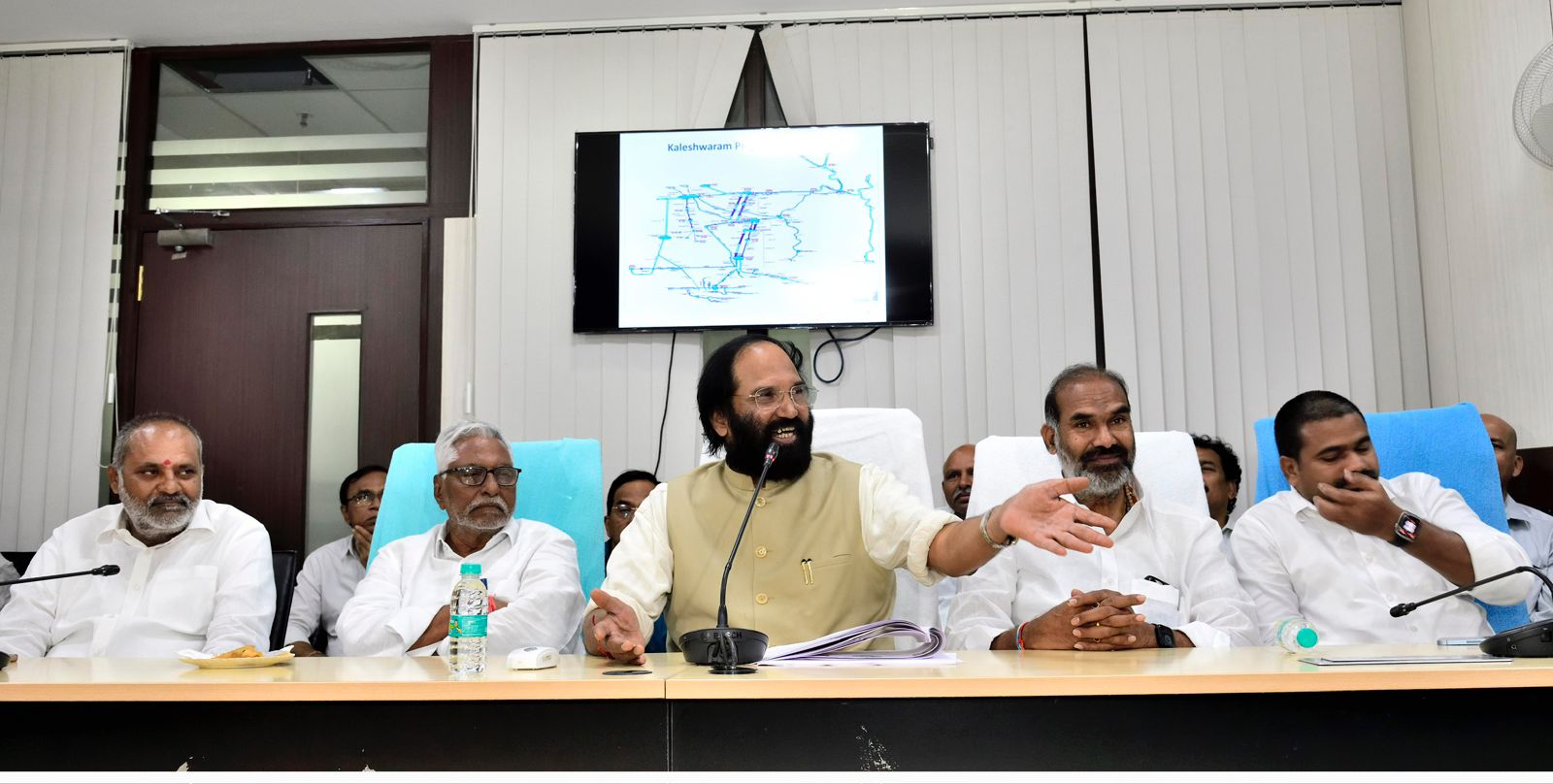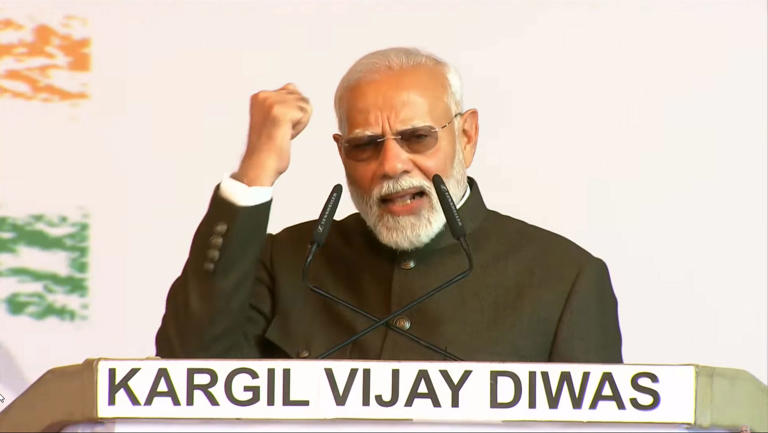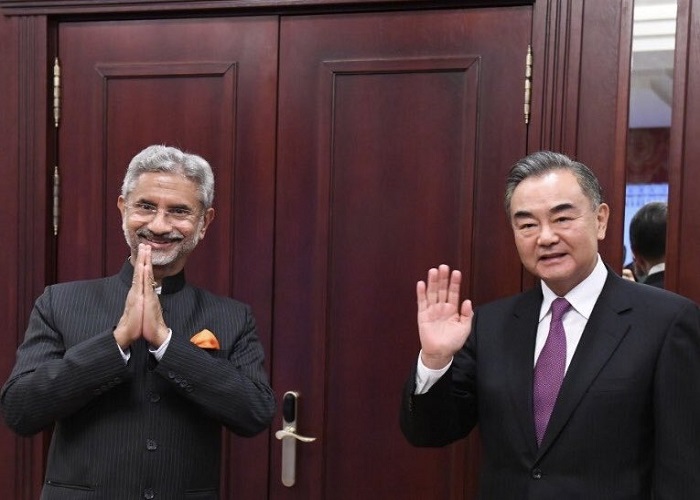Army gets ‘Agni Prime’ missile

New Delhi: Ever since the Indian Prime Minister Narendra Modi has conceptualized the Athmanirbhar Bharat with the sole objective to encourage our defence labs and other manufacturing public sector units and discourage dependence of external help, appears to have started paying rich dividends, that too in such a short time.
This is evident from the Defence Resarch and Development Organization (DRDO) coming up with yet another crucial new ballistic missile “Agni Prime”, which is capable of delivering nuclear warheads up to 2,000 km away. And, the DRDO has successfully conducted a crucial pre-induction launch from Dr APJ Abdul Kalam Island off the Odisha coast recently.
The Agni Prime is the first pre-induction night launch and validated “the accuracy and reliability” of the weapon system, according to a defence ministry statement. The latest test was followed by three successful daytime trials to prove the new weapon’s capabilities. Says the official DRDO statement; “The successful test has paved the way for induction of the system into the armed forces.”. It is a missile that can be launched at short notice and has a range between 1,000 km and 2,000 km.
Interestinlgy, the new missile comes with significant advancements in technology including composites, propulsion system, and guidance and control mechanisms, according to the project officials. It will strengthen India’s credible deterrence, that too when the neighboring expansionist China trying to flex its muscles..
The statement also confirms that all objectives were successfully demonstrated during the flight test. Radar, telemetry and electro-optical tracking systems too were deployed at different locations, including two down-range ships at the terminal point to capture flight data covering the entire trajectory of the vehicle.” It is reliably learnt that top officials of the DRDO, especially from the Strategic Forces Command have witnessed the flight test.
The Defence Minister Rajnath Singh congratulated DRDO and the armed forces for the copy-book performance of the missile during the test. The other variants of the Agni missiles developed by DRDO include the 700-km Pakistan-specific Agni-I, 2,000-km range Agni-II, 3,000-km range Agni-III, 4,000-km range Agni-IV and the 5,000-km range Agni-V missile. Undoubtedly, the Agni missiles form the backbone of India’s nuclear deterrence.
The Agni Prime is set for induction 25 years after the Pokhran-II tests in Rajasthan laid the foundation for achieving self-reliance in the nuclear weapons development programme, and confirmed India’s capability to build more powerful weapons with higher yields.
In fact, the country’s nuclear doctrine, promulgated in 2003 during the BJP-led NDA-I headed by Atal Behrai Vajpayee, with a clear commitment of “no first use.” But these weapons can be used only in retaliation against a nuclear attack on Indian territory or Indian forces. Such a stand clearly reflects the capabilities of India that were built over the years The doctrine states nuclear retaliation to a first strike will be massive and designed to inflict unacceptable damage, too. A loud and clear warning being sent out to both our immediate neighbors who are bent upon to destabilize India’s overall growth trajectory.
And, for obvious reasons, the retaliatory attacks can only be authorised by the civilian political leadership through the Nuclear Command Authority consisting of a political council and executive council. The Prime Minister chairs the political council, while the national security advisor chairs the executive council.
Against that backdrop, India should look at enhancing the range, numbers, accuracy and yield of its nuclear weapons factoring the changes taking place in China and Pakistan into its decision making, feels many army veterans. India has a fully operational nuclear triad of airborne, naval and land-based platforms.
While China has a stockpile of 350 nuclear warheads, Pakistan has 165 and India 160, according to a 2022 yearbook on Armaments, Disarmament and International Security published by Swedish think tank Stockholm International Peace Research Institute (Sipri). But, today that equation appears to have started changing significantly.




